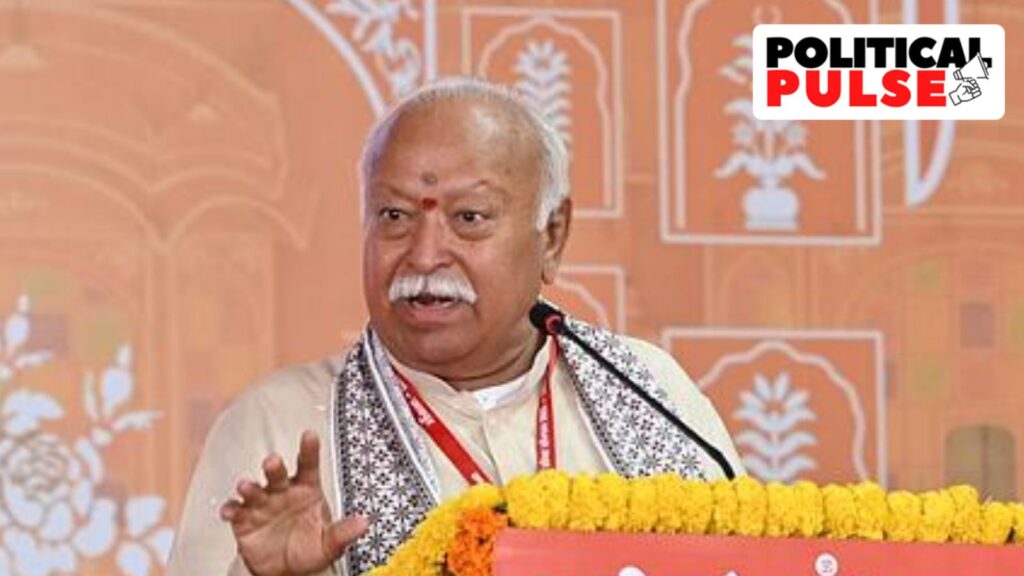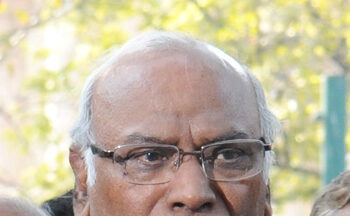The RSS-linked weekly publication Panchjanya has highlighted the significance of the caste system in shaping India’s unity, suggesting that historical rulers such as the Mughals failed to grasp this complex social framework. The article argues that, contrary to the perception of the caste system as a divisive force, it has historically functioned as a mechanism for societal cohesion.
According to Panchjanya, the caste system’s deep-rooted presence in Indian society provided a structured network of social roles and responsibilities, contributing to a form of unity among diverse communities. The publication contends that this system enabled various groups to coexist by defining distinct social functions and interactions, thus creating a form of social order that promoted stability and mutual respect.
The piece draws from historical examples to illustrate its point, noting that the Mughal Empire, despite its expansive reach and administrative prowess, struggled to fully comprehend or integrate the intricacies of the caste system. The Mughals, who are often remembered for their attempts to unify India under a central authority, reportedly found the caste divisions perplexing and challenging to manage within their bureaucratic structure.
Panchjanya’s perspective reflects a broader discourse within some segments of Indian society that view the caste system not merely as a relic of historical divisions but as a framework that has sustained societal coherence through centuries. This view contrasts with critiques of the caste system that emphasize its role in perpetuating social inequalities and discrimination.
The article further explores how contemporary Indian society continues to grapple with the legacy of the caste system. It highlights ongoing debates about caste-based reservations in education and employment, as well as the efforts of various reformers to address social injustices tied to caste. The publication argues that understanding the caste system’s role in historical contexts can offer insights into resolving present-day issues and fostering greater societal harmony.
Amidst these discussions, Panchjanya’s stance has sparked a range of reactions. Supporters argue that the caste system’s role in creating a stable social order should be acknowledged as part of India’s rich and diverse heritage. Critics, however, maintain that the system’s legacy includes significant social stratification and discrimination that continue to impact many communities.
The debate surrounding the caste system is also intertwined with India’s ongoing political discourse. Various political leaders and parties have different approaches to addressing caste-based issues, reflecting the complexity of integrating historical legacies with contemporary needs. This ongoing discussion underscores the importance of understanding the nuanced roles that historical social structures play in shaping modern governance and social policies.
As India continues to evolve, the discussions about the caste system and its implications for unity and social justice remain pertinent. The insights from publications like Panchjanya contribute to a broader understanding of how historical perspectives can influence current societal frameworks and policy-making processes.




 BJP Criticizes Rahul Gandhi Over Market Comments
BJP Criticizes Rahul Gandhi Over Market Comments 